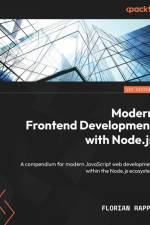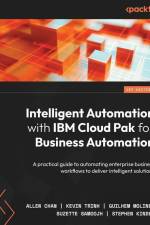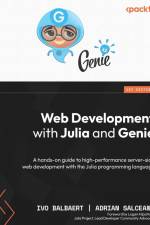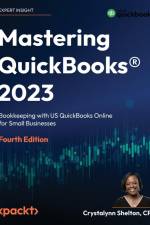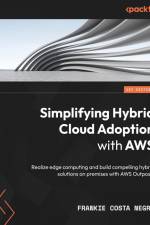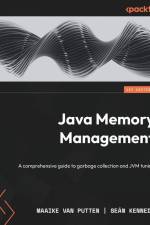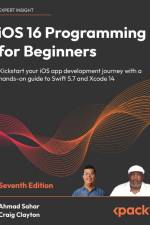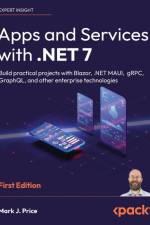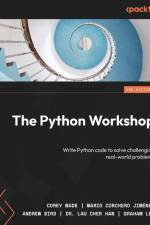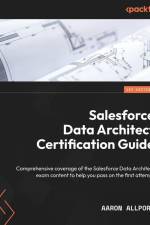av Devin Knight
545,-
Bring your data to life with this accessible yet fast-paced introduction to Power BI, now in color.Purchase of the print or Kindle book includes a free eBook in PDF format.Key Features:- Learn faster with practical examples of the latest features of Power BI, including navigator buttons, column-level security, visualizing goals, and more- Migrate your existing Excel and data analysis skills to Power BI- Build accurate analytical models, reports, and dashboards, now in colorBook Description:Updated with the latest features and improvements in Power BI, this fast-paced yet comprehensive guide will help you master the core concepts of data visualization quickly. You'll learn how to install Power BI, design effective data models, and build basic dashboards and visualizations to help you make better business decisions. This new edition will also help you bridge the gap between MS Excel and Power BI.Throughout this book, you'll learn how to obtain data from a variety of sources and clean it using the Power Query Editor. You'll also start designing data models to navigate and explore relationships within your data and building DAX formulas to make data easier to work with. Visualizing data is a key element of this book, so there's an emphasis on helping you get to grips with data visualization styles and enhanced digital storytelling.As you progress, you'll start building your own dataflows, gain an understanding of the Common Data Model, and automate dataflow refreshes to eradicate data cleaning inefficiency. You'll learn how to administer your organization's Power BI environment so that deployment can be made seamless, data refreshes can run properly, and security can be fully implemented.By the end of this Power BI book, you'll know how to get the most out of Power BI for better business intelligence.What You Will Learn:- Connect to data sources using import, DirectQuery, and live connection options- Use Power Query Editor for data transformation and data cleansing processes, and write M and R scripts and dataflows to do the same in the cloud- Design effective reports with built-in and custom visuals to optimize user experience- Implement row-level and column-level security in your dashboards- Administer a Power BI cloud tenant for your organization- Use built-in AI capabilities to enhance Power BI data transformation techniques- Deploy your Power BI Desktop files into Power BI Report ServerWho this book is for:This book is for aspiring business intelligence and data professionals with a basic understanding of BI concepts, who want to learn Power BI quickly. Complete beginners with no BI background can also get plenty of useful information from this book.Table of Contents- Gaining Data Literacy with Power BI- Connecting to Data- Data Transformation Strategies- Building the Data Model- Leveraging DAX- Visualizing Data- Digital Storytelling with Power BI- Using a Cloud Deployment with the Power BI Service- Data Cleansing in the Cloud with Dataflows- On-Premises Solutions with Power BI Report Server

